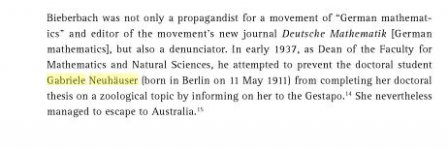Björn Bergenholtz
(former alias "Calalp")

nigelli/nigellii
A quick return to "Mr. Nigell" (i.e. Macneil) …
In today's HBW Alive Key it is stated:
Isn´t it fair to say that both nigelli and nigellii (simply different spellings) does commemorate Dr. Macneill [this said irrespective of being synonyms of either (Lophophorus) Tetraogallus species] … !?
A quick return to "Mr. Nigell" (i.e. Macneil) …
In today's HBW Alive Key it is stated:
Fair enough, however see letter from Gray here, and earlier posts (and their links); No. 2, 15, 16 and 47.nigelli
Med. L. Nigellus Nigel or Neil < Norman French Nihel < Irish Gaelic Niall (the origin of the patronym MacNeil); “Macneil’s Lophophorus ...lately sent from Persia by Dr Macneil, the enlightened physician to the English Embassy at that court ...It has been named Loph. Nigelli, in remembrance of the individual by whom it was first transmitted to Europe” (Jardine & Selby 1829) (syn. Tetraogallus caspius).
nigellii
Male eponym; dedication not given; the "Nigell's Pheasant Grouse" of J. Gray 1832 ... (see also nigelli) (syn. Tetraogallus himalayensis).
Isn´t it fair to say that both nigelli and nigellii (simply different spellings) does commemorate Dr. Macneill [this said irrespective of being synonyms of either (Lophophorus) Tetraogallus species] … !?





